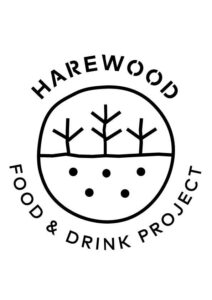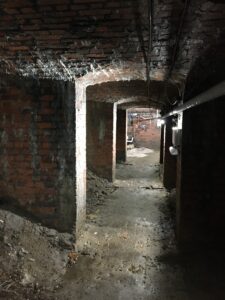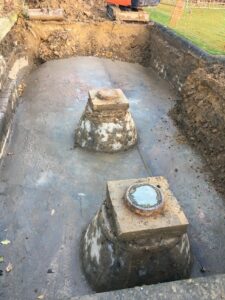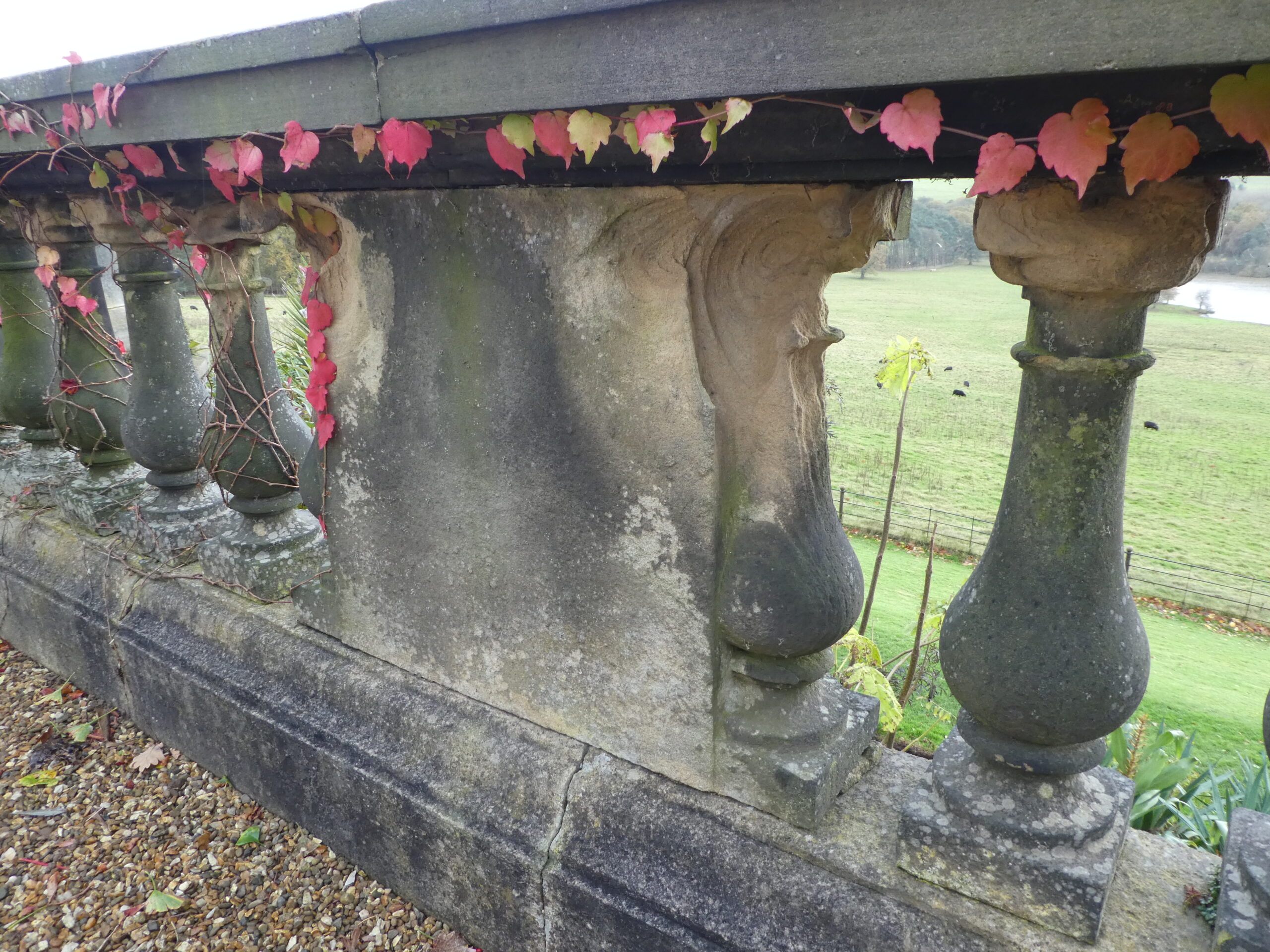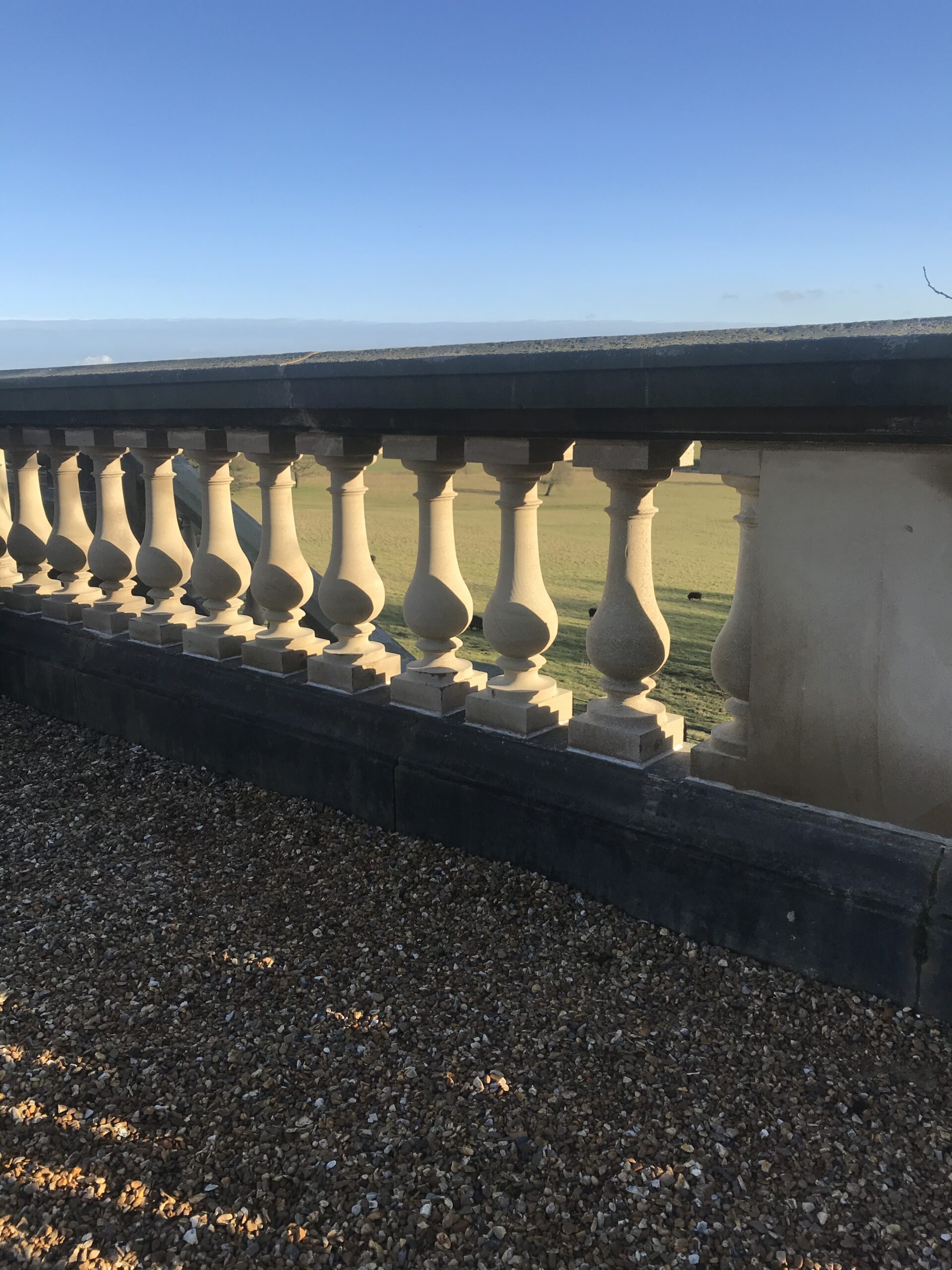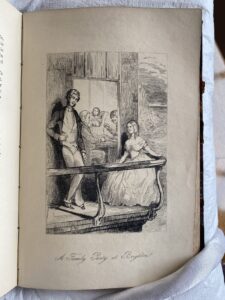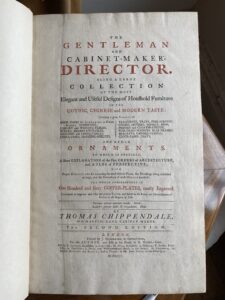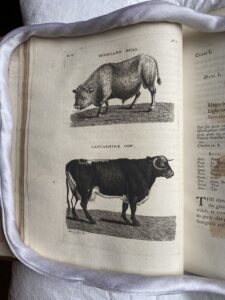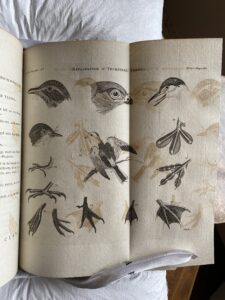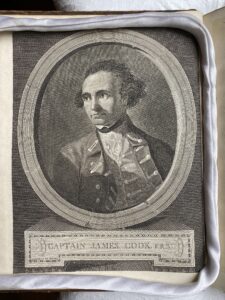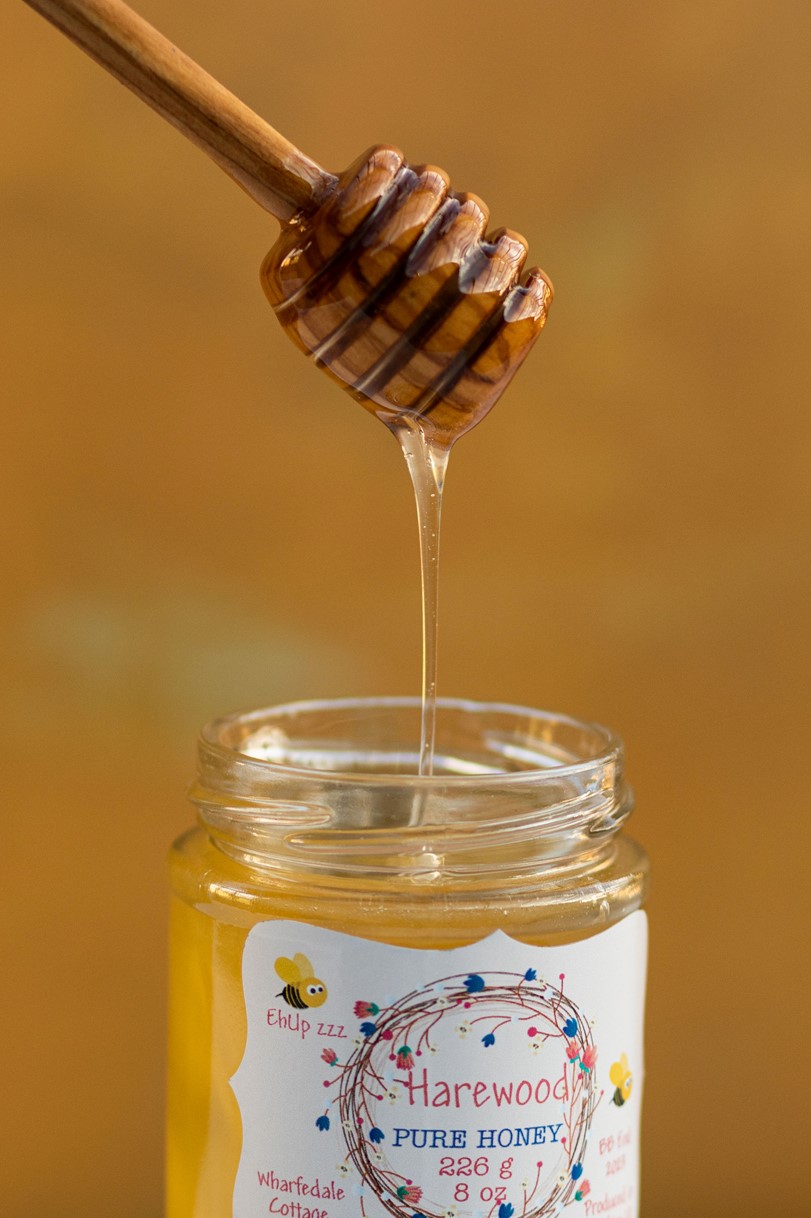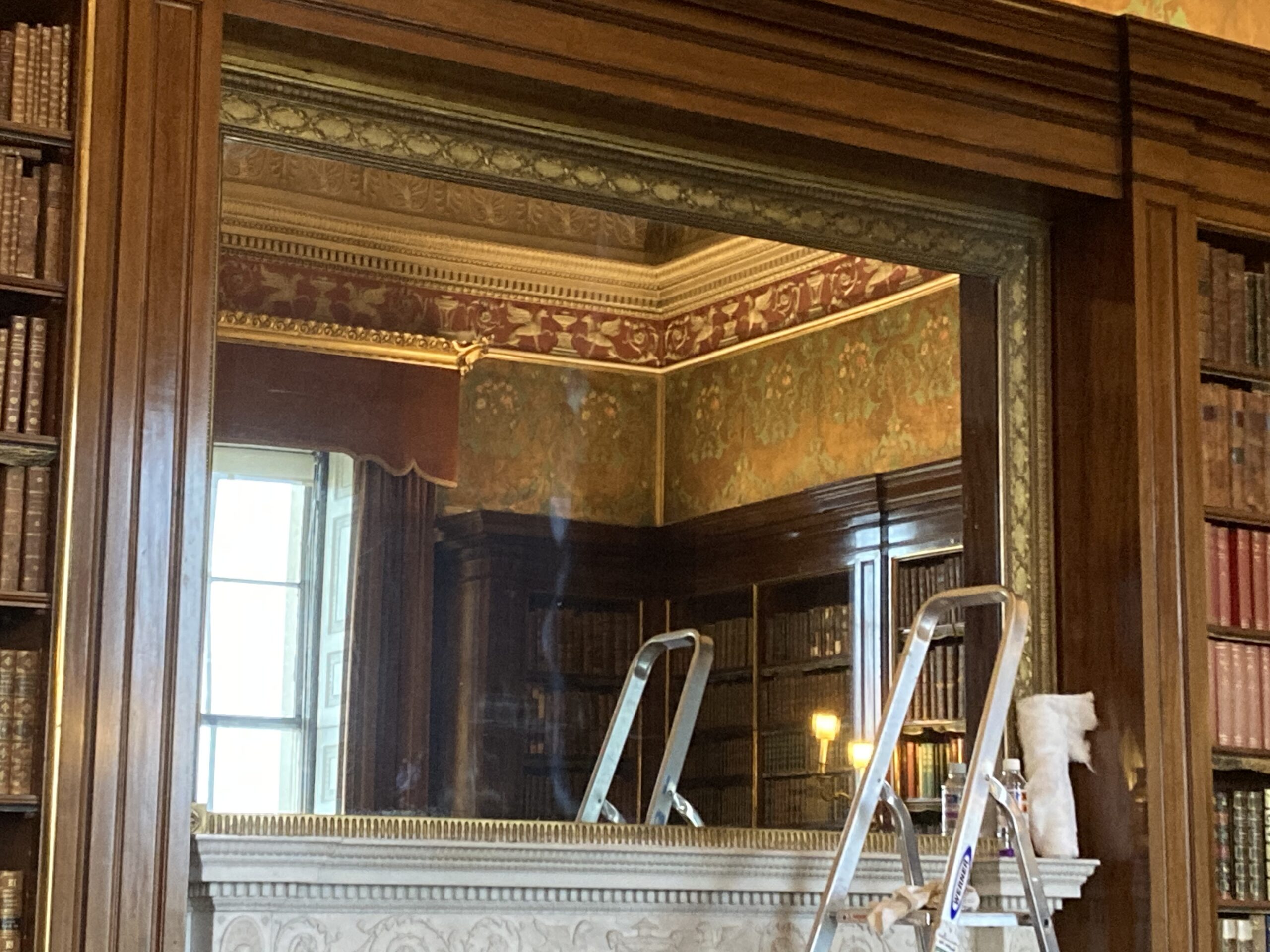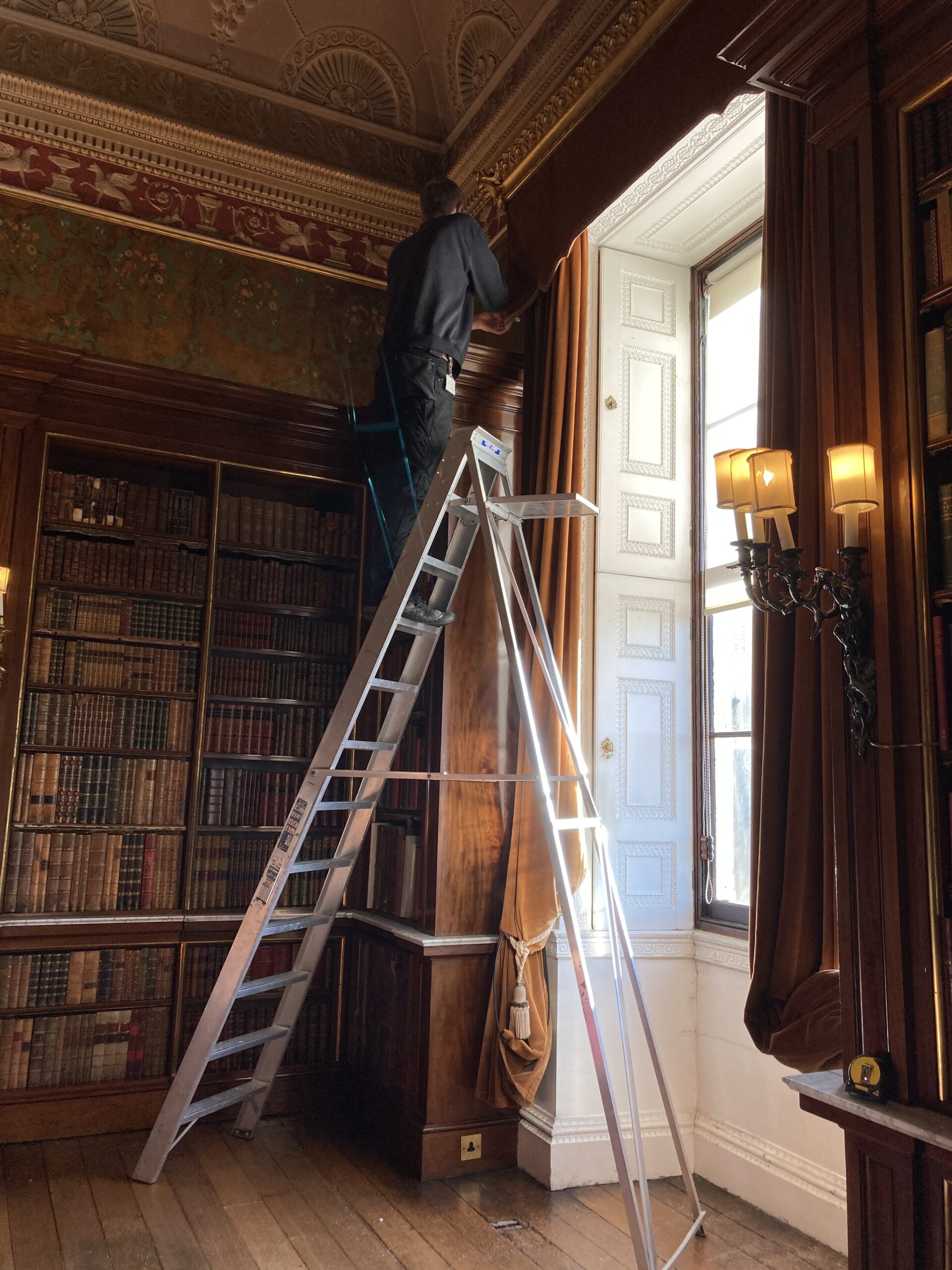“The last twelve months have left us all a little battered and bruised but so thankful and humbled by the incredible support you’ve shown us”
In advance of Harewood Food and Drink Project returning to the Courtyard Cafe on 29 March, Eddy Lascelles reflects on the past twelve months in the latest HF&DP blog.
I began writing this on 21 March, which is a year to the day that we took on the running of the catering on behalf of Harewood House Trust at the Courtyard Cafe and the Terrace Tearoom. You could say that things haven’t quite gone according to plan.
The last twelve months have left us all a little battered and bruised but so thankful and humbled by the incredible support you’ve shown us, a huge thank you from all the team here. We’ve never felt more excited and motivated for the future, and we think you should be too.
We’ve had more openings, closures, cans and cannots than we can count, at times it’s been tough, but hopefully the end is now in sight.
As spring is sprung there’s plenty to look forward to. The landscape starts to show signs of life having laid dormant over the Winter months.
Spring at Harewood – Brighter Times on the Horizon

The first daffodils of the year are always cause for celebration and optimism for the year ahead, as well creating a beautiful display all around the Estate. The Cherry Blossom will soon burst in to life, a stunning spectacle which takes on spiritual connotations in Japan.
All in all, there’s plenty to be optimistic about :
- Muddy Boots Café is open again and running a specials board with some great dishes cooked by chefs Iain and Callum.
- The Courtyard Café reopens for takeaways on the 29th March. Keep reading for what to expect.
- We’ll announce plans for reopening the Terrace Tearoom in due course.
- We’ll soon be announcing a series of exciting events we’re working on. Keep your eyes peeled for updates, or sign up to our mailing list. These are not to be missed.
If you’re visiting the Courtyard Café, expect a variety of seasonal hot and cold savoury and sweet dishes made by our team of chefs and local independent artisan suppliers.
Hebridean Black Sheep
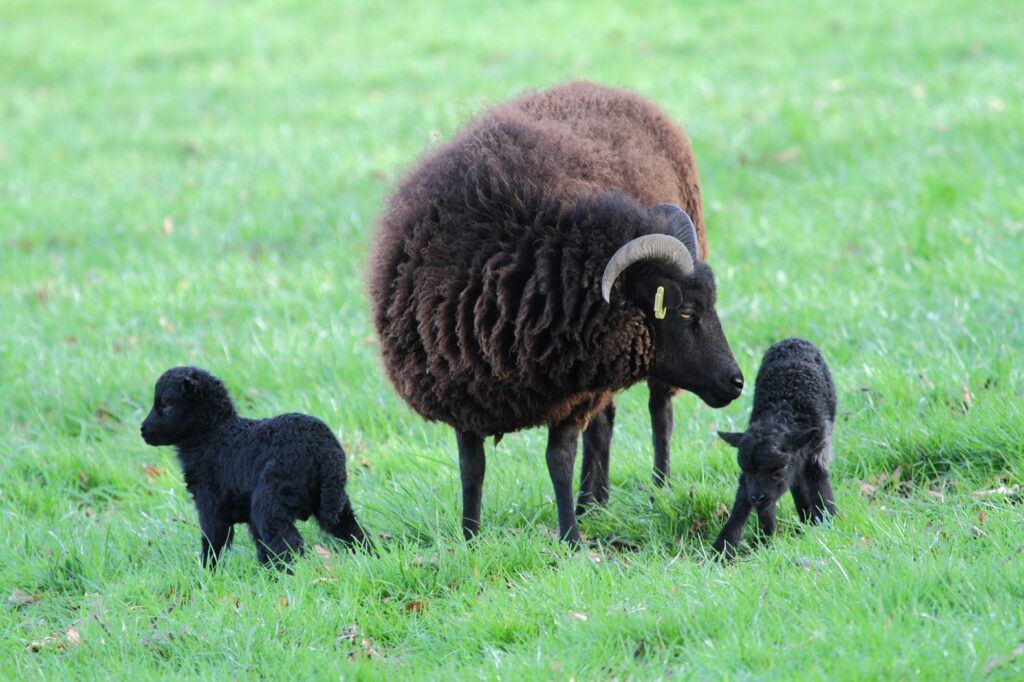
It’s difficult to talk about Spring at Harewood without talking about Harewood Lamb. Or, in this case Hebridean Hogget.
Visitors to Harewood will probably have seen the flock of Hebridean Black Sheep grazing much of the year on the South Front, between the House and the Lake. In the next few weeks you’ll start to see adorable little black lambs appearing amongst the flock.
As the name suggests, the “Hebs” are indigenous to the island of St Kilda in the Outer Hebrides. They were brought here by the 5th Earl in the 1880’s after he’d seen them visiting friends in Northumberland. They’ve settled in well and have been a feature on the landscape ever since. If they’re younger than one-year they’re classed as Lamb and older than two years is known as Mutton.
Harewood at Home // Easter Special
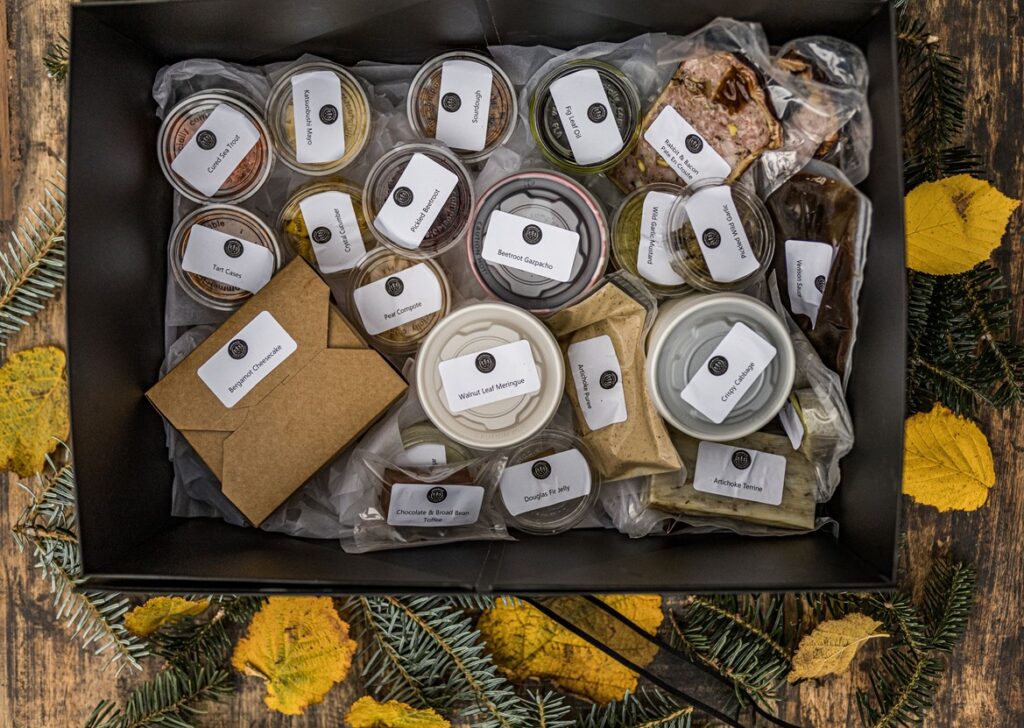
Hebridean Hogget will be the main feature for our upcoming Harewood at Home // Easter Special. Harewood at Home is our premium takeout offering which has proven to be so successful throughout the last two lockdowns. Expect a decadent three course meal prepared by Josh. His menu sees a twist on familiar Easter classics such as Hot Cross Buns, Spring Lamb, Easter (Duck) Eggs and, of course, Chocolate.
The menu heavily features Harewood produce throughout the menu, from the land, from the farm and from the gardens. Great food, you can feel good about! The “Hebs” will also feature in our Harewood Spring Lamb Stew served with Wild Garlic Dumplings, available from the Courtyard Café, which is another thing that’s abundant around the Estate for the next couple of months.
Go to the link at the bottom of the page to see the full menu and booking details.
The Next Generation

This week marked another milestone for HF & DP as we presented our first ever apprentice, Callum, with the certificate of his apprenticeship. He passed with a distinction – here’s Callum being presented with his certificate by Eddy, Josh and Fliss.
When we set up HF & DP, we wanted to create an environment where the next generation could learn and develop. Seeing Callum develop both professionally and personally is something we’re extremely proud of.
Since joining us almost three years ago, Callum’s become an integral part of our team, Josh Whitehead’s sidekick, a Muddy Boots maestro and you’ll find him regularly let loose running the pots and pans at Muddy Boots Bistro evenings.
Developing the stars of tomorrow is key to HF & DP’s mission, so to see Callum’s development is a real privilege. Following hot in his footsteps we’ve taken on three new apprentices, one in the kitchen and two front of house: We’re sure that Jasmine, Annabelle and James will prove to be equally as successful in their careers.
With talents like these, the future of the industry is in good hands.
Welcome back to the Courtyard Café
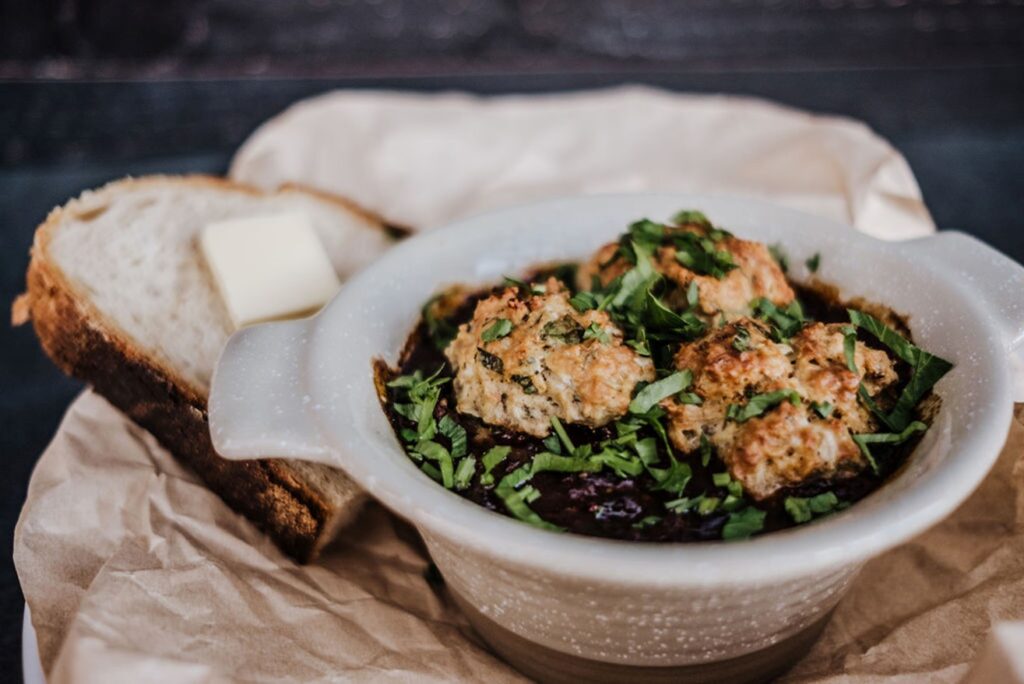
Harewood Spring Lamb Stew with Wild Garlic Dumplings, available at the Courtyard Cafe
We’re delighted to be back running the Courtyard Café and there’s plenty to enjoy on our new menus, as well as classic favourites. As well as the Harewood Spring Lamb Stew served with Wild Garlic Dumplings, you can expect the return of our fish and chips with a difference, a Northern Monk Ale Battered Haddock with Skin on Chips, Minted Mushy Peas and Home-Made Tartar Sauce. It developed an almost cult following last year. We source all our fish from the brilliant Tarbetts Fishmongers, based in nearby Chapel Allerton, a must visit if you’re looking for great fresh fish.

The legendary Courtyard Café Fish and Chips
For those with a sweet tooth, you’ll find a range of bakes, cakes and brownies made by local artisan bakers Bakeri Baltzersens and Jodie Bakes – we highly recommend the Cruffin, a hybrid between a croissant and a muffin. Yes, it is as good as it sounds.
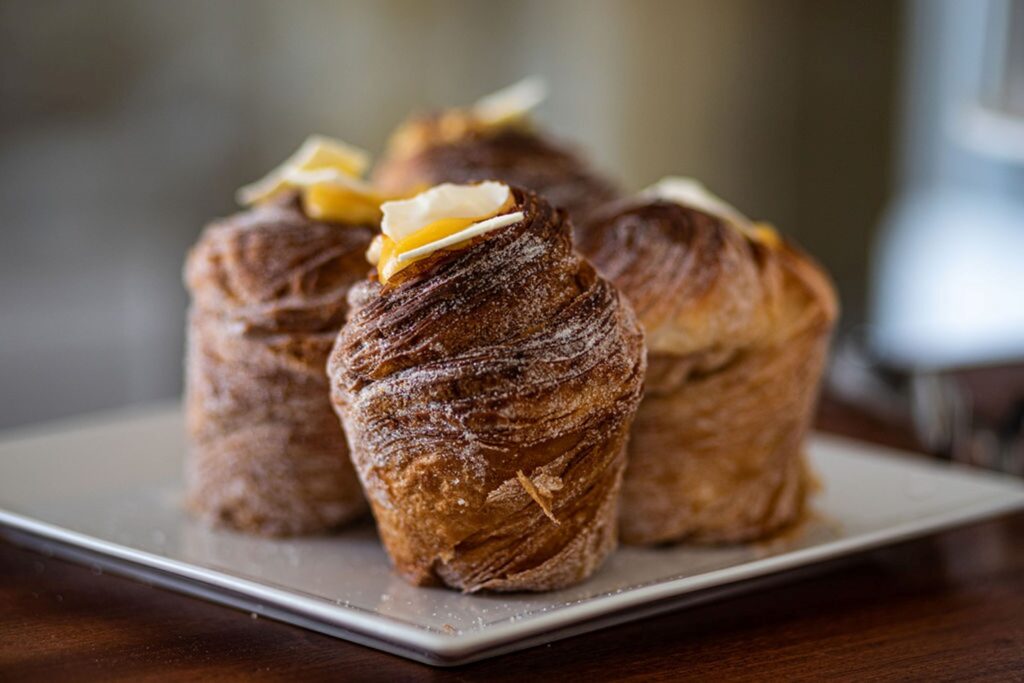
Have you tried the Cruffins from Bakeri Baltzersens? They are as good as they look.
For coffee lovers, expect the best, made by local independent roastery North Star Coffee.
It’s good to be back, we can’t wait to welcome you to Harewood again.
Follow us on:
Instagram @harewoodfoodanddrink
Facebook @harewoodfoodanddrink
Twitter @HarewoodFandDP
Sign up to our newsletter www.harewoodfoodanddrink.com
Go to our booking page https://www.exploretock.com/harewood/
